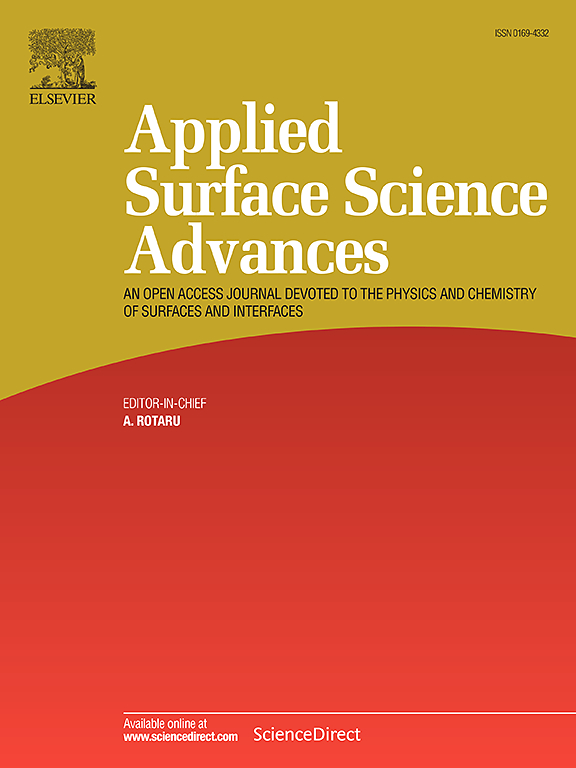Fabrication of porous Au nanowires on a mirror featuring ultrahigh-density nanogaps via plasma-assisted nanotransfer printing for enhanced SERS
IF 8.7
Q1 CHEMISTRY, PHYSICAL
引用次数: 0
Abstract
Although porous metal nanostructures with densely distributed nanogaps offer exceptional potential to significantly enhance surface-enhanced Raman scattering (SERS) signals, fabrication of ultrahigh-density nanogaps that increase the density and intensity of hotspots remains a critical challenge. In this study, we fabricate hierarchically engineered porous Au nanostructures (P-Au NSs) with ultradense hotspots on various substrates using a nanotransfer printing (nTP) system. Ultradense P-Au nanowires exhibit superior plasmonic coupling at stacked cross-points, which can be attributed to their increased contact areas arising from porous architecture. In addition, experimental results and numerical simulations confirm the plasma-treated P-Au nanowire on a mirror (pPAN on M) structure produced via an advanced nTP process further enhancing hotspot formation. The SERS performance was evaluated using 4-mercaptobenzoic acid (4-MBA) and thiram with an optimized substrate achieving a Raman enhancement factor of 1.21 × 1012 and limit of detection for 4-MBA of ∼6.46 × 10−13 M. These findings underscore the significant potential of the developed P-Au NSs not only for ultrasensitive SERS detection but also for diverse applications in energy storage, catalysis, and optoelectronics.

利用等离子体辅助纳米转移印刷在具有超高密度纳米间隙的镜面上制备多孔金纳米线以增强SERS
尽管具有密集分布纳米隙的多孔金属纳米结构具有显著增强表面增强拉曼散射(SERS)信号的特殊潜力,但制造增加热点密度和强度的超高密度纳米隙仍然是一个关键挑战。在这项研究中,我们使用纳米转移印刷(nTP)系统在各种基材上制造具有超密集热点的分层工程多孔金纳米结构(P-Au NSs)。超密集P-Au纳米线在堆叠交叉点处表现出优越的等离子体耦合,这可归因于多孔结构增加的接触面积。此外,实验结果和数值模拟证实,通过先进的nTP工艺生产的镜面上等离子体处理的P-Au纳米线(pPAN on M)结构进一步增强了热点的形成。使用4-巯基苯甲酸(4-MBA)和thiram对SERS性能进行了评估,优化的底物实现了1.21 × 1012的拉曼增强因子,4-MBA的检测限为~ 6.46 × 10−13 m。这些发现强调了开发的P-Au NSs不仅在超灵敏的SERS检测方面具有巨大潜力,而且在储能,催化和光电子等领域也有广泛的应用。
本文章由计算机程序翻译,如有差异,请以英文原文为准。
求助全文
约1分钟内获得全文
求助全文

 求助内容:
求助内容: 应助结果提醒方式:
应助结果提醒方式:


